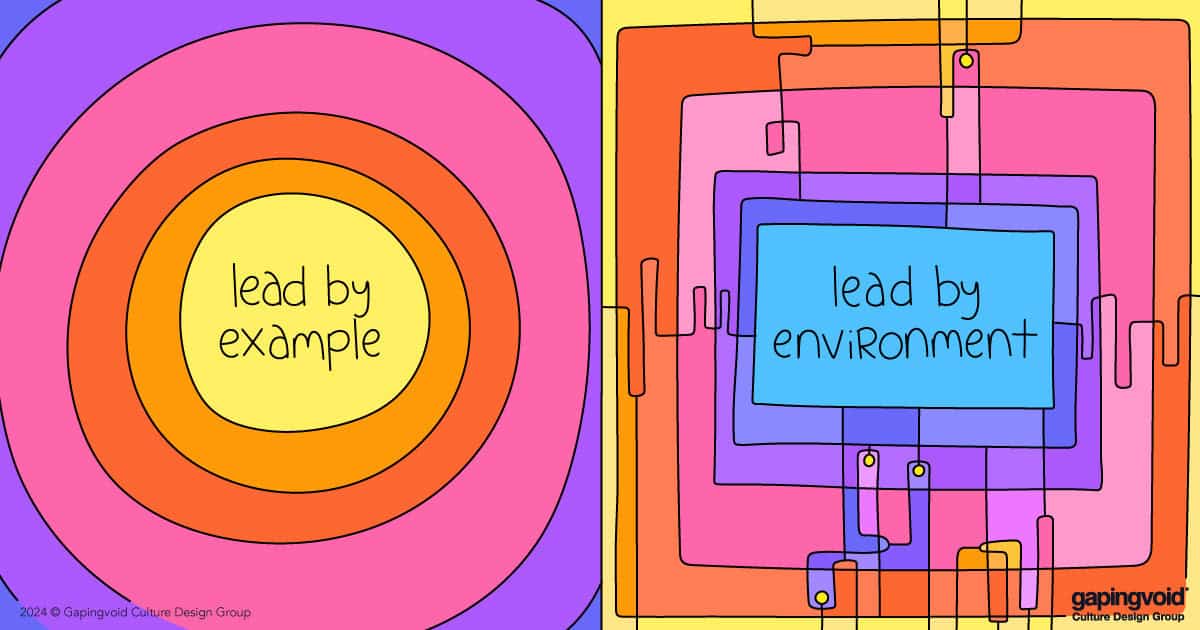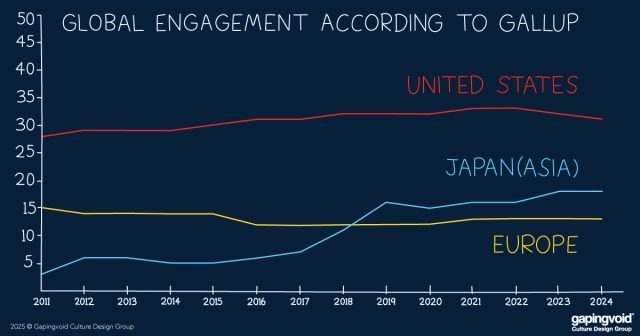
When talking about architecture, in 1948 Winston Churchill may have said it best: “We shape our buildings; thereafter, they shape us.”
Ain’t that the truth?
As Robert Cialdini demonstrates in Presuasion, our environments exert a tremendous amount of unconscious influence on our judgements, decisions, and actions. We’re more likely to make charitable donations in environments that evoke humanitarian virtues. We’re more likely to work hard in environments with subtle posters on the walls that evoke success (e.g., a runner crossing the finish line).
And there’s an even deeper way that environments shape us: by sending cultural signals.
In the mid-19th century, Baron Georges-Eugène Haussmann was appointed by Emperor Napoleon III as the Prefect of the Seine. Basically, he was the urban planner in charge of Paris. One of his key reforms? Enforcing a uniform aesthetic.
Take a moment to imagine Paris. Not the Eiffel Tower or the other big monuments – just an average Parisian street. Chances are, even if you’ve never been to Paris, your visualization is probably pretty close to what Paris actually looks like. Not just some of Paris. All of Paris. And it’s because of the notorious “Haussmann” aesthetic; an aesthetic that does what any uniform aesthetic does: acts as a cultural artifact. I.e., “people like us build things like this.”
Again, think about the Soviet bloc style, and the cultural messages it sent. Conformity. Utilitarianism. Brutalism. Unity. Enforced equality. (“Equal misery,” as Churchill would call it). It’s not just architectural design; it’s cultural design.
The same principle holds for workplaces. Consider an open floor plan office with shared desks, pingpong tables, and basketball courts. Chances are, you didn’t just imagine an environment – you imagined a culture. Consider, also, a suite of private executive offices with mahogany furniture, gray carpet, and understated wall art. Different environment; different culture.
Environment is sneaky. It shapes us in ways we don’t even notice. Smart leaders understand this and leverage it to reinforce their goals. But it’s not everything. We still have to have a vision that gets people out of bed in the morning, communicate it in a way that inspires people, and develop a strategy that supports it. Rather than focus on one thing, great leaders orchestrate all of it. Knowing that the environment shapes outcomes but so do the people in it, doing work that matters.
There’s an old adage that goes “as within, so without.” That’s right.
But the reverse is also true.
As without, so within.




The same principle holds for workplaces. Consider an open floor plan office with shared desks, pingpong tables, and basketball courts.
Environment is sneaky. It shapes us in ways we don’t even notice. Smart leaders understand this and leverage it to reinforce their goals.